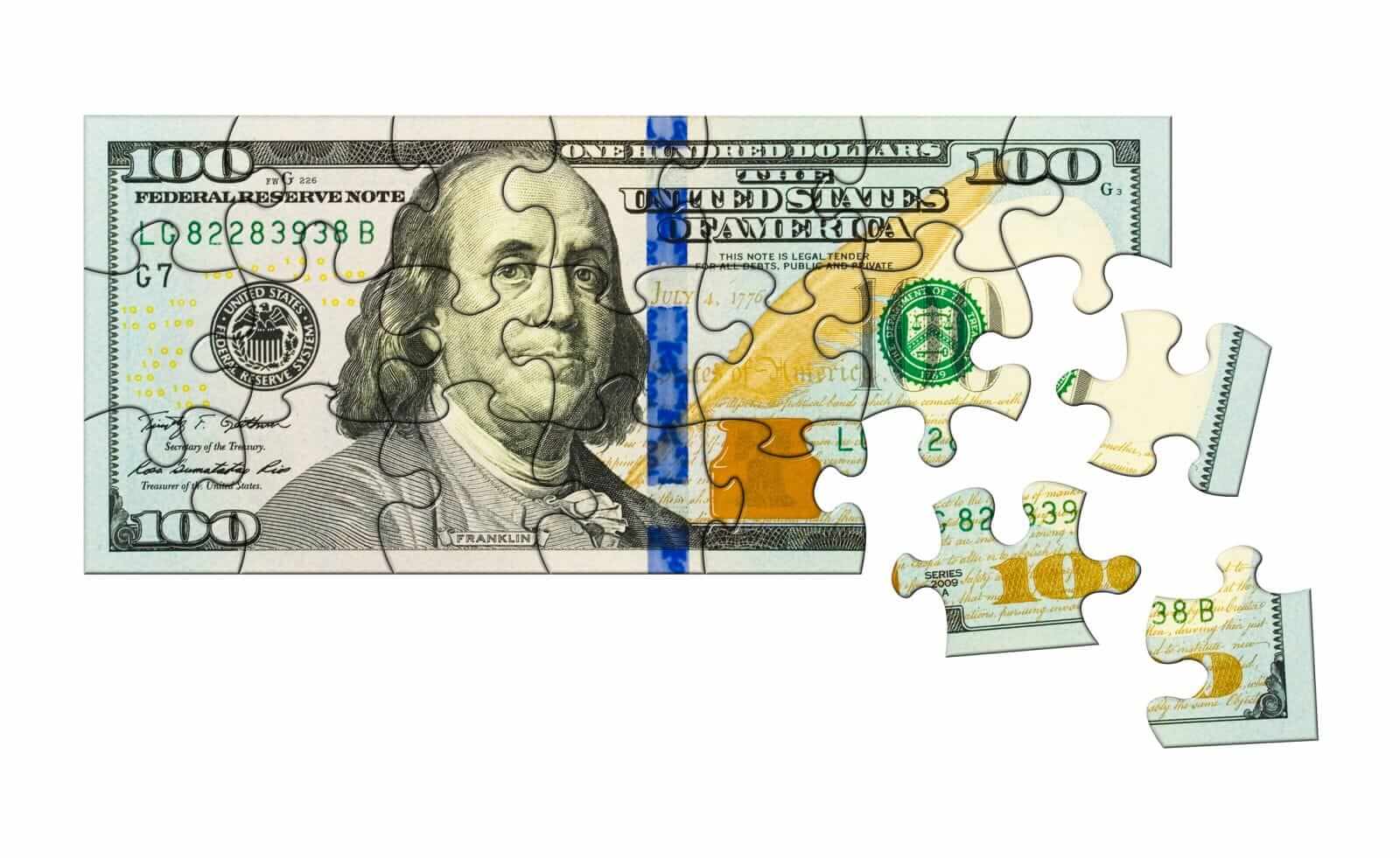
The dollar index (DXY00) on Wednesday fell by -0.28%. The dollar moved lower on Wednesday after dovish comments from Boston Fed President Susan Collins reinforced expectations that the Fed will cut interest rates at the October 28-29 FOMC meeting, when she stated that it is prudent for the Fed to cut interest rates further this year. Also, the strength in stocks on Wednesday reduced some liquidity demand for the dollar. The dollar recovered from its worst level today after the US Oct Empire manufacturing survey of general business conditions rose more than expected and the Fed's Beige Book stated that input costs increased at a faster pace, a hawkish factor for Fed policy.
The ongoing shutdown of the US government is bearish for the dollar. The longer the shutdown is maintained, the more likely the US economy will suffer, a negative factor for the dollar.
The US Oct Empire manufacturing survey of general business conditions index rose +19.4 to 10.7, stronger than expectations of -1.8.
The Fed Beige Book based on information collected by the Fed's 12 regional banks through October 6 stated that US economic activity was little changed in recent weeks and employment levels held stable. However, overall consumer spending edged lower, and prices continued to rise, with several districts reporting that input costs increased at a faster pace.
Boston Fed President Susan Collins said, "With inflation risks somewhat more contained, but greater risks to employment, it seems prudent to normalize policy a bit further this year to support the labor market."
The markets are pricing in a 98% chance of a -25 bp rate cut at the next FOMC meeting on Oct 28-29.
EUR/USD (^EURUSD) on Wednesday rose by +0.24%. The euro moved higher on Wednesday due to a weak dollar. Also, hawkish comments on Wednesday from Governing Council members Dolenc, Makhlouf, and Nagel gave the euro a boost when they signaled that current interest rates are appropriate. Gains in the euro accelerated on Wednesday, driven by optimism that budget concessions made by French Prime Minister Lecornu will enable him to pass a budget and avoid a no-confidence vote on Thursday, thereby restoring some political stability in France. Gains in the euro were limited on Wednesday after the Eurozone's August industrial production posted its largest decline in four months.
Political uncertainty in France is limiting gains in the euro, as French Prime Minister Lecornu may be forced out due to a no-confidence ballot on Thursday. The new government must now survive a no-confidence vote at the National Assembly on Thursday to avoid the need to call for a snap election.
Eurozone Aug industrial production fell -1.2% m/m, the biggest decline in 4 months, but better than expectations of -1.6% m/m.
ECB Governing Council member Makhlouf said he's more worried that inflation will come in above the ECB's 2% target than below it.
ECB Governing Council member Dolenc said current ECB policy "doesn't stimulate inflationary pressures on one hand, while not hindering economic activity on the other," so he sees no reason to change interest rates this month or during the coming months.
ECB Governing Council member and Bundesbank President Nagel stated that there are currently no grounds for the ECB to change interest rates and warned that some inflation components require continued vigilance.
Swaps are pricing in a 2% chance of a -25 bp rate cut by the ECB at the October 30 policy meeting.
USD/JPY (^USDJPY) on Wednesday fell by -0.38%. The yen rose to a 1-week high against the dollar on Wednesday as the escalation of US-China trade tensions sparked safe-haven demand for the yen. Gains in the yen were limited after Japan's Aug industrial production was revised lower. Also, Wednesday's +1.75% rally in the Nikkei Stock Index curbed safe-haven demand for the yen.
The yen has been under pressure over the past week, as Japan's governing coalition collapsed following talks between LDP leader Takaichi and Komeito leader Saito, which ended without an agreement being reached. The move makes it harder for Takaichi to garner the support needed to pass budgets or any meaningful legislation and could potentially lead to another election.
Japan's Aug industrial production was revised downward by -0.3 to -1.5% m/m from the previously reported -1.2% m/m, the biggest decline in 9 months.
December COMEX gold (GCZ25) on Wednesday closed up +38.20 (+0.92%), and December COMEX silver (SIZ25) closed up +0.758 (+1.504%). Gold and silver prices moved higher on Wednesday, with Dec gold posting a new contract high and nearest-futures (V25) posting a new all-time high of $4,210.60 a troy ounce.
The escalation of US-China trade tensions is driving demand for safe-haven assets, including precious metals. Also, the ongoing US government shutdown has fueled demand for the metals as a safe haven. Gold prices added to their gains on dovish comments from Boston Fed President Susan Collins, who said it is prudent for the Fed to cut interest rates more this year.
Gold prices fell back from their best level on Wednesday due to hawkish ECB comments after ECB Governing Council members Dolenc, Makhlouf, and Nagel signaled their support for the ECB to maintain interest rates at current levels. Additionally, the Fed's Beige Book reported that input costs rose at a faster pace, which is hawkish for Fed policy.
Precious metals continue to receive safe-haven support due to uncertainty tied to US tariffs, geopolitical risks, and political turmoil in France and Japan. Also, President Trump's attacks on Fed independence are boosting demand for gold. In addition, recent weaker-than-expected US economic news has bolstered the outlook for the Fed to keep cutting interest rates, a bullish factor for precious metals.
Precious metals prices continue to receive support from fund buying of precious metal ETFs. Gold holdings in ETFs rose to a 3-year high on Tuesday, and silver holdings in ETFs rose to a 3.25-year high on the same day.







